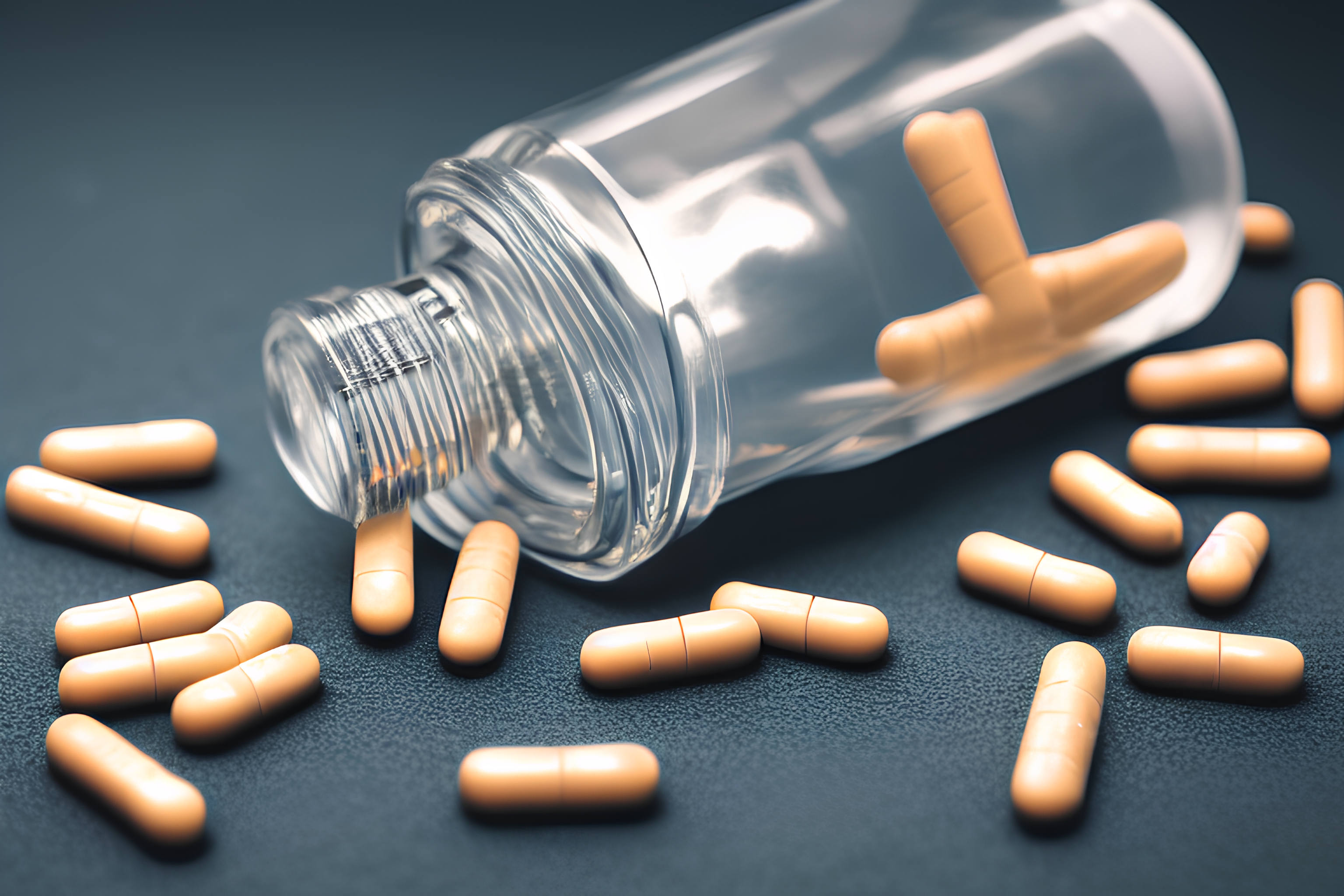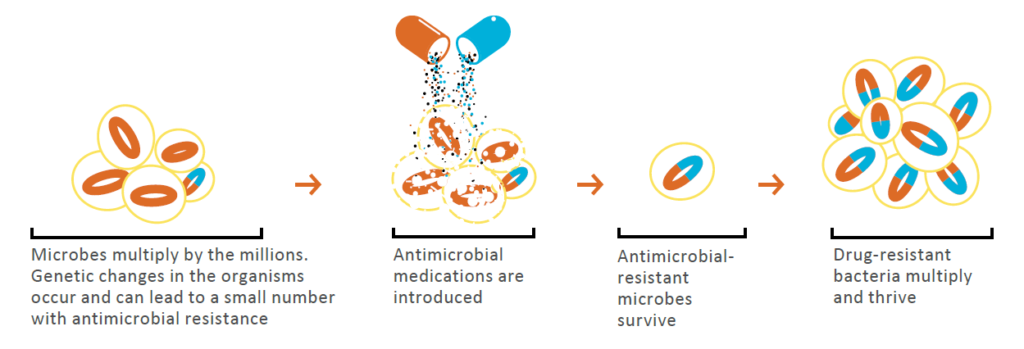Antibiotics, superbugs, and everything you need to know

Can you believe there was a time when tuberculosis was the number one killer disease in the world?
At only 43, Louis Braille, the French educator who invented the Braille system for the visually impaired, died of TB. And so did my favorite novelists Jane Austen and Emily Brönte, at only 42 and 30, respectively. If you are into music, you probably know Xian Xinghai, Carl Maria von Weber or Giovanni Battista Draghi. None of them reached 40.
Things changed with the discovery of antibiotics. No one freaks out when they get an infection. You can go to a local clinic and get an antibiotic. Antibiotics are so effective that most people think the doctor is not capable if they don’t prescribe them.
And that’s the problem.
If we’re not careful, by 2050, the world will return to that era where people died from simple wounds. Two weeks ago, my young brother complained about his ear. He visited a local clinic and was prescribed penicillin. A week later, nothing changed, except it was now more painful. He returned to the clinic and was given amoxicillin as a replacement antibiotic. Nothing changed.
I urged him to return to the clinic and he was finally referred to an otologist – ear doctor. The otologist asked him to take a different antibiotic, which is rarely prescribed. Today, he’s now a lot better. What happened?
My young brother’s ear was probably infected by a pathogen that was resistant to penicillin and amoxicillin. In 2015, antibiotic resistance was responsible for more than 700,000 deaths worldwide. That is almost twice the number of people killed by malaria, 438,000, in the same year. Compare that with a million killed by AIDS in the same year.
But it gets worse. It is possible that most of the people killed by malaria and AIDS it’s because of antibiotic resistance. It is not surprising then that if we don’t act now, antibiotic resistance will be responsible for the death of more than 50 million people in 2050.

What happens when you take antibiotics? Up to 80 % of the antibiotics, you take go straight to the toilet. Your body only uses 20 %. But guess what? These antibiotics we flash in the toilet end up in the environment. Do you know why? Because most of our wastewater treatment plants were not designed to remove antibiotics. From there things get bad.
There are some bacteria in the environment and some of them are resistant to the antibiotics. When the antibiotics enter the environment, they kill the bacteria that are not resistant leaving behind the ones that are resistant. The resistant bacteria will now have less competition for food and they will multiply. So, when antibiotics enter the environment, they will result in an increase in antibiotic-resistant bacteria.
So then, what can you do? You remember I said when antibiotics enter the environment, the kill bacteria that are not resistant leaving behind the ones that are resistant. This means we need to reduce the amount of antibiotics that enter the environment. You and I need to reduce the amount of antibiotics we use.
Not every disease requires an antibiotic. When a doctor prescribes you an adequate, you should probably ask if it is possible to use a different medication. There numerous drugs that are an excellent replacement for antibiotics.
Let me repeat – not every disease requires an antibiotic. I know many people think if a doctor doesn’t prescribe them an antibiotic, then she is not a good doctor. Antibiotics are miracle medicine if not overused or misused. Otherwise, we will head back to the era that took away my favorite novelists.
This has nothing to do with antibiotics, but I just have to say it – I have read everything, book or collection of letters, written by Jane Austen. I am her African superfan!

Comments are closed.